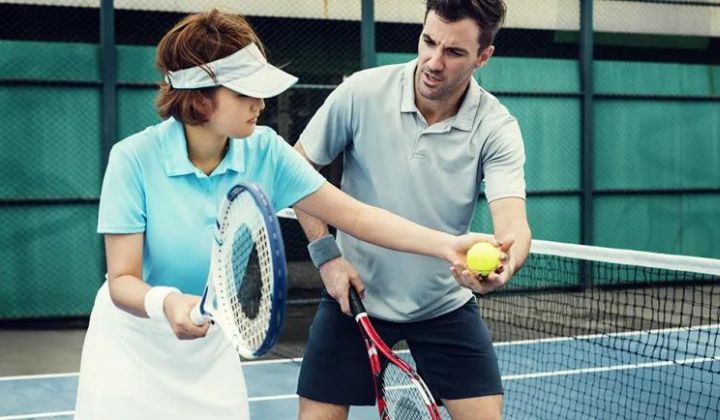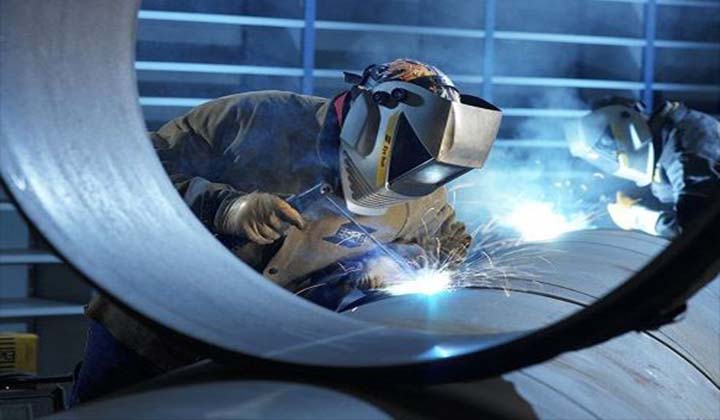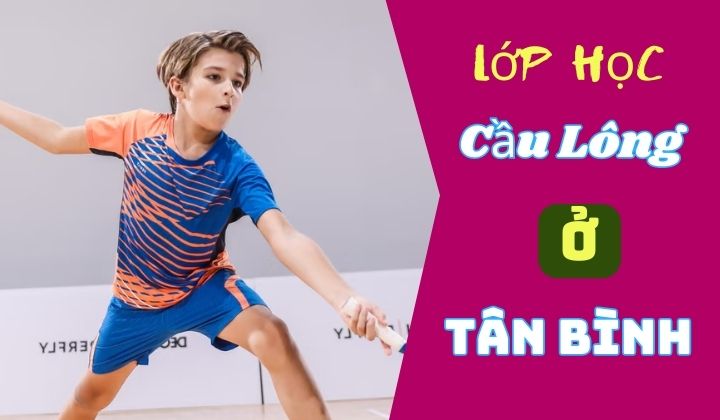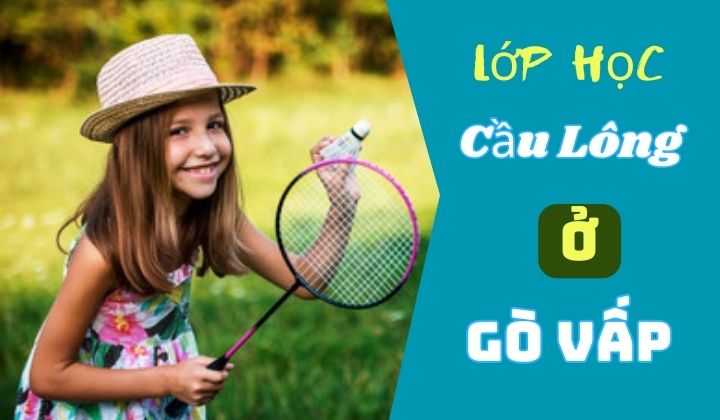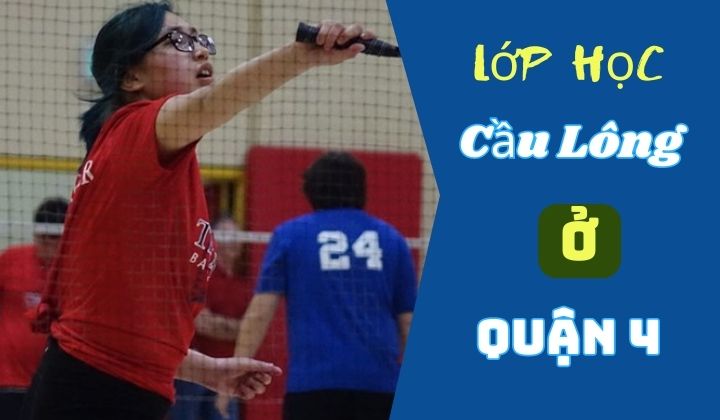Guide to swimming techniques from A to Z.
General overview of the stroke style
Nội dung tóm tắt bài viết
The stroke technique (swimming on the stomach) is one of the four fastest swimming styles. When competing in freestyle, athletes all use the crawling style. Therefore, the technique of swimming is also known as freestyle swimming.
>> Take a swimming course in District 7 of Ho Chi Minh City
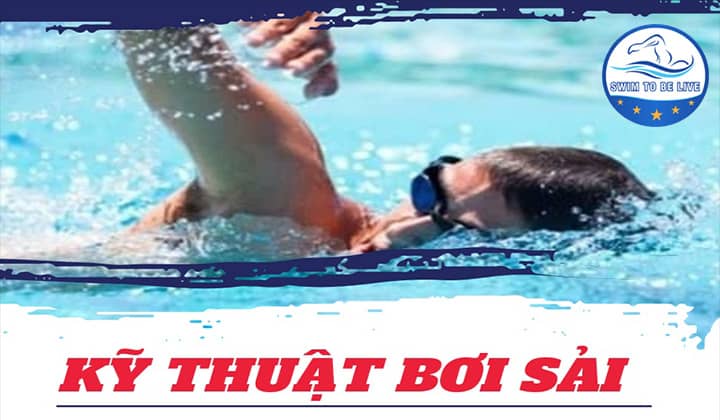
When swimming, the athlete lies face down on the water. Both feet alternately beat the water up and down, both hands alternately fan the water. Making the body slither through the water is called slithering.
Swim on the stomach has a long history and has been proven in ancient relics in many countries. There is the earliest history of mankind such as Rome, Egypt, Greece, China, ..
- See also: Backstroke swimming technique
Ancient humans to fight for survival. They had to find food in the water such as shrimp and fish to live. Since then, they have learned how to swim. In particular, the movement has many details similar to today’s swimming technique.
Since swimming competitions, breaststroke has been the basic style. But people want to find a way to swim faster. And through many changes appeared the side swimming style. Then appeared the type of fan swimming or alternating. From there, the style of swimming with two arms above the water surface alternately fanning the water was born. But the two feet kicking the water is still the same (with beating and mixing or kicking frogs).
Analysis of stroke technique (swimming on the stomach)
1. Body posture when swimming

When swimming, the athlete’s body posture is reasonable to reduce resistance. Beneficial for the use of two hands. Make the body coordinate rhythmically and efficiently.
a. When swimming, athletes need to maintain a level body posture and have good surfing form. The longitudinal axis of the body makes an angle of about 3-5 degrees with the water surface.
b. Head down naturally, eyes looking down and slightly forward. 1/3 of the head sticks out of the water. To achieve high efficiency, allow the legs to sink a little more.
Rotation around the longitudinal axis of the body is a natural movement. Formed by the movement of the arms and the head to breathe. It’s not intentional turning. Turning motion has the following advantages:
- Helps to swing the arm gently, shortening the swinging radius.
- Because the buttock rotates slightly with the body, it is more convenient to hit the legs to counter the imbalance when turning.
- Beneficial for the most effective water-holding and water-fan movements. Because the water fan surface is even more angled with the forward direction of the body.
- The angle of rotation is large or small depending on the technique. Personal characteristics and swimming speed of VDV. When turning, usually return to breathing 10-15 seconds more than the opposite side. In short distance swimming competition, due to high swimming speed. The frequency is fast, so the rotation around the longitudinal axis is also less.
2. Proper foot pedal technique in stride swimming
The foot pedal movement has the main effect of maintaining the balance of the foot near the water. To reduce drag and facilitate rhythmic coordination with the hand fan. The faster you swim, the smaller the effect on the legs will be.

When swimming in stride, the effectiveness of the movement of the legs is determined by the kicking technique. Flexibility of the ankle joint, strength of the thighs and shins. The crawling leg kick is performed in the upper and lower plane. On the upper and lower plane, we can see that the distance between the two legs is separated when pedaling about 30-40 cm. The pillow angle is about 160 degrees.
When pedaling on stride, the foot pedaled down should not exceed the lowest part of the body in the water. The stride slamming technique must be tailored to individual characteristics.
Foot down movement
Proper foot pedal technique, right foot slightly rotated inward. The ankles are relaxed, the right foot kick moves from the hips, thighs, and shins. Finally to the feet, like the draw of a whip.
Kicking down will create forward force. Therefore, when pedaling, you must use strength to create a fast water pedal speed.
The kick up movement in the stroke technique
The movement is started from lifting the thigh upwards. The thighs will drag the shins. When the ankle, knee, and hip joints are level and parallel to the water surface, the thigh no longer rises. Simultaneously start pedaling down. When thighs use force to kick into the water. Due to the effect of inertia, at this time the feet and legs continue to rise to the surface of the water. This causes the knee joint to form 160 degrees. At this time, the legs and feet are in the highest position.
3. Hand fan technique in swimming
The hand fan technique in swimming is the main driving force to push the body forward. Currently, the world’s professional swimming swimmers attach great importance to the fan effect of the two hands and focus on the frequency of movements and the relevance of the two-handed movement.

For convenience of analysis, people divide a cycle of hand movements into stages: entering the water, embracing the water, fanning the water, withdrawing the hand from the water, swinging the arm in the air. But in fact, these movements are closely related to each other in a complete movement.
Accurate two-hand coordination technique. Logic is what makes the body move forward at a steady pace. Two-handed coordination will facilitate the muscles in the shoulders to actively participate in the effective movement. From there, it helps to make the long-distance swimming technique more effective and professional.
4. Techniques for hand-eye coordination and breathing in swimming
The technique of breathing while swimming is relatively complicated. Exhale through the water through the nose, inhale through the mouth.
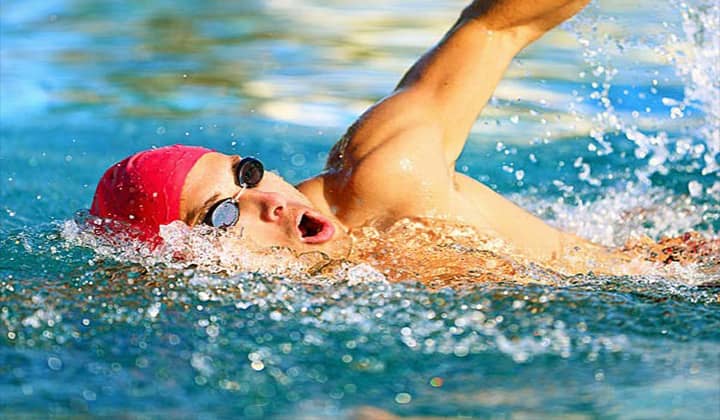
1. Breathing technique when swimming
Swim breathing is a measure of technique and is closely related to level of training.
Because breathing deeply, breathing rhythmically and rationally will improve speed and endurance.
In the stroke technique, a cycle of two-handed movements usually has one breathing cycle. Includes inhaling, holding your breath, and exhaling.
Exhalation is carried out from the moment of holding the water to the middle of the phase of pushing the water. Exhale through both your nose and mouth. When exhaling, do not open your mouth or bite too narrowly.
When pushing water 1/2 distance. Due to the action of the hand force, the body moves forward quickly. As a result, the head accelerated the front water mass, creating a hollow in front. Athletes when swimming in stride need to take advantage of that wave hollow to turn away quickly to get breath in.
2. The technique of hand-breathing coordination in swimming
Put your right hand in the water, exhale slowly through your nose. Then gradually increase the exhalation speed, at this time, the right hand fan to shoulder level, then turn the head to the right.
When the hand fan is about to end. Exhale faster. When your right hand is withdrawn from the water, turn your head to take a breath. When swinging the arms to the side of the body, return the head to the original position.
Effects of swimming
Effects of swimming strides on swimmers. This is the fastest stroke of all the strokes with the body always in line. From there, you can swim quickly, by limiting the resistance of the water. Not only that, swimming freestyle also helps you burn a lot of calories during swimming.
Does Swim Swim increase height?
This is the ideal swimming style for children’s height growth. Usually, when learning how to swim to increase height, you will choose the stroke style to grow the best height.
Above is a tutorial on basic to advanced swimming techniques. Everyone is good and meaningful, please share!

